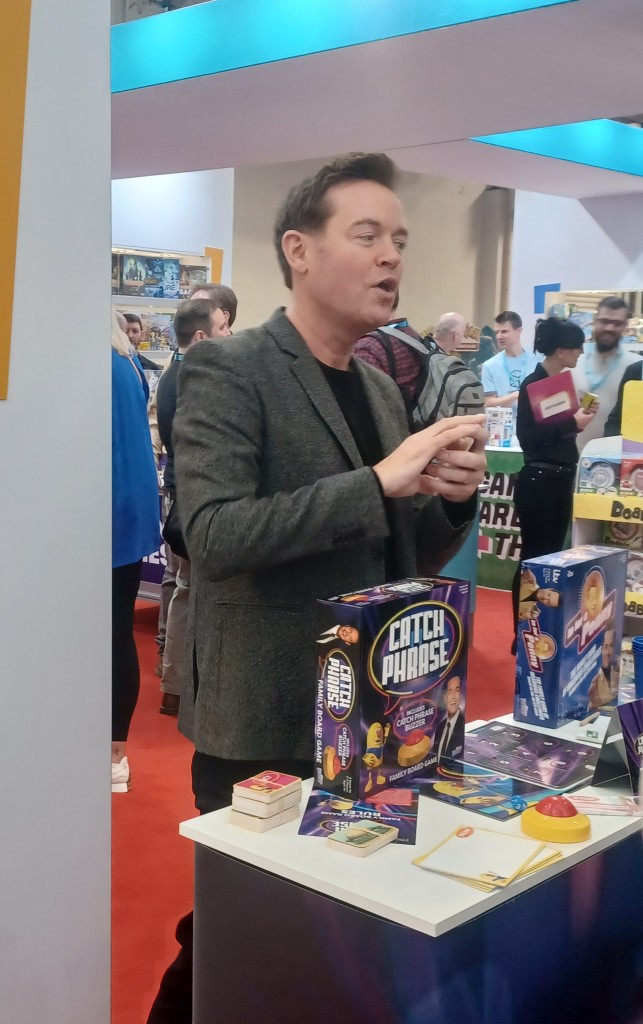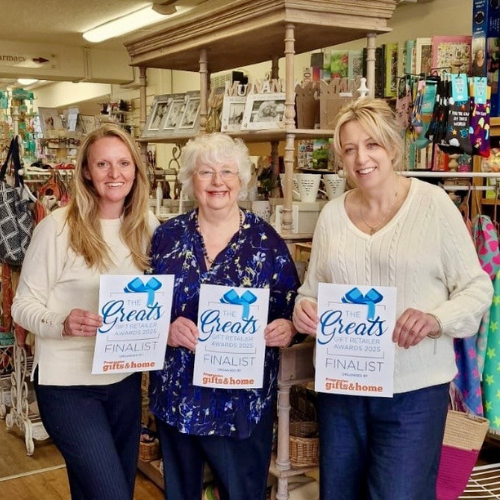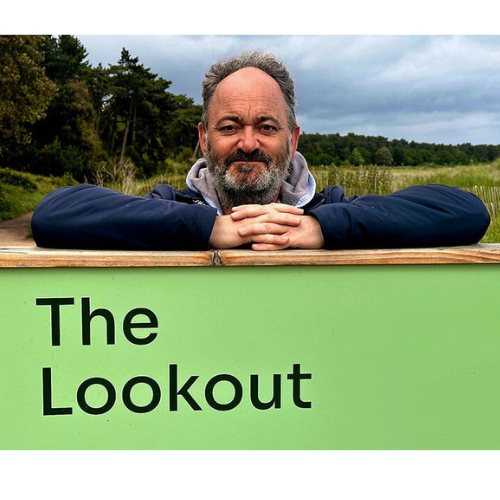As Start Licensing’s Ian Downes gets ready to head off to Spring Fair this weekend, he shares his insights on January’s Toy Fair, suggesting ways for companies and retailers to work more closely with the gift sector.
“The trade fair season is well and truly upon us. I have already got two in the bag and, with Spring Fair approaching, I am about to attend my third trade show of the year.
Across the year I attend a range of trade shows covering different industry sectors, stretching from gardening through to food. It is a reflection of the fact that licensing is a business that touches a range of industries and a variety of product categories. Of course, the common theme for me is licensing, and I have certainly noticed that a broader base of business sectors are using licensing these days, and that more companies are receptive to a conversation about it.
A common theme though, does seem to be around the appropriateness of a particular licence or brand for companies and a sector. The sell in of a licensing opportunity tends to be a longer process these days, with companies taking their time to ensure the licence fits well with them and their objectives. A key part of this process is ensuring that there is retail interest and uptake in the licensed products. In part, this is where trade shows can help, literally showcasing new products and opportunities to retail buyers. Connected to this point is the fact that the outlook of retailers has changed with regards to their product mix and the use of licensing within it.
In the gift industry, I have noticed that gift retailers now stock a wider range of products across multiple categories which, in turn, has given licensed products more of a chance to shine. An example are book shops – book retailers sell more than books now, with a product mix that includes giftware, stationery, toys, games, greetings cards and calendars.
My visit to the London Toy Fair reinforced the fact that opportunities for gift retailers are emerging from different sectors these days and, conversely, there are new opportunities for gift suppliers to sell into different types of shops including retailers who were traditionally regarded as toy retailers.

Giftware company Abysse was among those exhibiting at Toy Fair. They are a licensing focused company who specialise in products such as posters, wall art and, increasingly, high spec figurines. The use licences from categories such as cult television, comics, manga and anime. They are plugged into the fan market. They have recognised that there is scope to supply toy retailers with gift lines that sit alongside toy ranges, but I think they have also recognised that gift shops, department stores and specialist retailers visit shows like Toy Fair to ensure they are aware of opportunities from the pop culture sector.

For retailers, it is important to keep in mind the changes in the media market with the growth of streaming services like Netflix and Apple. New licensing opportunities are emerging from these platforms. Pop culture specialist Funko are experts at tapping into these new opportunities and their Toy Fair range included a board game based on the hit Apple TV show Ted Lasso. They are also planning Pop! vinyl figurines based on the characters from the series. Furthermore, companies like Funko are investing in NPD to make sure they are offering collectors and fans new ways of collecting. For example, Funko launched Bitty Pop vinyl figurines at the show. These are micro sized figurines sold in sets including a mystery figurine. This extends the reach of the successful Pop! figures and will also appeal to collectors looking for new ways of displaying their products.

Another interesting trend I noticed at Toy Fair was the fact that companies are providing more ideas and ways for retailers to sell products efficiently and effectively. For example, there were lots of FSDU ideas on display offering retailers the chance to use branded units. In the context of gift retailers, this is encouraging and should allow retailers to make the most of available space.
It was also good to see Robert Frederick at Toy Fair. The company uses classic licences such as Peter Rabbit, and they have created blended ranges which incorporate toys, games, stationery, craft and activities. As a company they supply a broad range of retailers but they have recognised that retailers like one stop shopping so they have built up their licensed product ranges accordingly. Retailers can buy a range of products from Robert Frederick in one go and immediately have a collection in store that works in an integrated way. Going forward, rights holders will need to think more about, building licensed ranges with suppliers in this way particularly thinking about how retailers from sectors like the gift sector want to buy.

The Toy Fair was also a good reminder of the popularity of long-standing licensed products like football stickers and cards. Click Distribution work with licensee Panini to bring their Premier League sticker collections to retailers in categories like toy, gift and more specialist outlets. Again, the companies have thought about display and merchandising ideas for retailers. Click are also helping toy and gift retailers source other collectable ranges. These kind of products can be worthwhile additions to a retail offer, not least as they drive footfall and repeat visits as consumers buy into collections.
Another category at Toy Fair that crosses over into the gift industry are board games and it is clear this is a category going from strength to strength. Companies like Asmodee are using licenses such as Catchphrase to reach the family market – they had Stephen Mulhern from the Catchphrase TV show presenting the product on their stand. Big Potato Games launched a game Obey the Clay in partnership with Aardman. This is a great example of a licence being used creatively to create a product that is really on brand – the game involves making clay models of Aardman’s characters. A great fit.

Jigsaw puzzles were a category that performed well during lockdown and still seem to remain popular. It is a category that is a natural for licensing. It is also a category that sees different types of licences coming to the fore – for example heritage brands work well in this category. University Games had a range of puzzle challenge games based on Mondrian artwork for example. It is also a category where licensees are investing in NPD to keep consumers engaged. For example, Kidicraft had a range of 3D lenticular puzzles featuring Naruto. This style of puzzle is well suited to Naruto which is an anime property. A point to note here is that licensing and licensed products work best when the product embraces the brand characteristics as fully as possible.
Meanwhile, I am looking forward to visiting Spring Fair and seeing what role licensing is playing at the show. Hopefully we will see licensed ranges that are making the most of the licence and ones that have been developed with the ‘end consumer’ in mind. Thinking about some of the examples I saw at Toy Fair, it will also be good to see how licensed suppliers are helping retailers to make the most of licensing and licensed products in store with ideas around display, ranges that work well together and a recognition that successful licensed brands can bring people into store.”
E: ian@startlicensing.co.uk; Tel: 07776 22845; twitter.com/StartLicensing
Top: Ian Downes runs Start Licensing, an independent brand licensing agency.






















